Whether you own your company’s office building or invest in real estate, you know just how costly investing in property can get. To make things a little easier, consider taking advantage of cost segregation. It’s an excellent way to break out your property and speed up asset depreciation.
What is Cost Segregation?
Cost segregation is a tax strategy that breaks out property into different categories. The goal of cost segregation is to organize property into the most advantageous tax categories. Cost segregation can save businesses and property owners a significant amount of money on federal and state income tax.
The key factor that allows cost segregation to save you money is the different depreciation schedules that certain types of property fall into. For example, a building is typically depreciated at a rate of 27.5 or 39 years. At that rate, you won’t be able to claim much in depreciation deductions right away.
With cost segregation, however, you can break out parts of your building into different tax categories (asset classes) that possess more advantageous depreciation schedules of 3, 5, 7, or 15 years. That leaves you with the ability to deduct a higher amount on your taxes each year, providing you with more money to invest back into your business.
What Items Can be Broken Out?
To take advantage of cost segregation methods, you’ll want to perform a cost segregation study. The study involves a consultant visiting the property, establishing the value of your structure, and then sorting various building assets into qualifying tax categories. (For new construction projects, your accountant can use the cost of materials at the time they are placed in service to establish tax categories and their corresponding depreciation rates.) Commonly segregated assets include:
Lighting fixtures
Roof
Carpeting
Cabinets
Plumbing
Electrical Outlets & Some Wiring
Landscaping
Parking Lots
Sidewalks
Each of these categories come with their own depreciation methods that can be used for deductions when filing your return.
After this portion of the study is complete, your accountant can create depreciation schedules for each of the asset classes identified during the site visit and documentation review.
When it’s time to file your tax return, your accountant or tax preparer will have all the information they need to secure maximum deductions for your business and investments.
Do you Qualify?
To qualify for traditional cost segregation study, you must have constructed, purchased, expanded, or remodeled the property in recent years. According to the IRS, your property must:
Be owned by you
Be used as a business or income-producing activity
Have an applicable depreciation schedule
Be useful or last for more than a year
To get the most benefit out of cost segregation studies, you should have property valued at more than $750,000 or perform the study on a recently constructed building. For older properties, you can still get a large deduction for retroactive changes to depreciation.
What’s Changed Since the Tax Cuts and Jobs Act?
The Tax Cuts and Jobs Act (TCJA) changed a lot for businesses and their owners when it was passed in 2017. From new standard deduction rates to altered requirements for interest profits, the TCJA created a lot of new rules for businesses and tax preparers to learn and follow.
Under the new law, taxpayers are able to deduct a higher amount overall when it comes to the cost of depreciable assets. The TCJA allows businesses and corporations to expense up to $1 million starting in tax year 2018. The TCJA also allows for the immediate expense of certain property and what’s known as a first-year bonus depreciation for deductions related to property expensed in the first year it is placed in service.
Want to Know More?
For a complete list of changes made to depreciation and cost segregation rules, visit the IRS’s breakdown here. You can also consult an accountant or CPA in your area to see if cost segregation is worth pursuing for your business.

